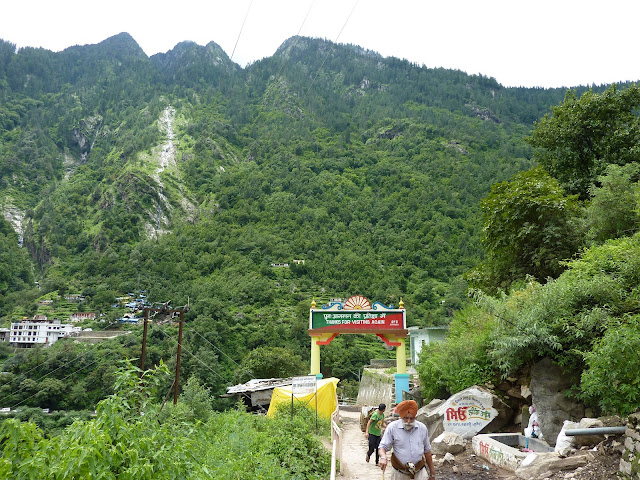Posts
Showing posts with the label Valley of Flowers

Posted by
flowergirl
Gurudwara Hemkunt Sahib, at 15,000 feet, closes for a year
- Get link
- X
- Other Apps

Posted by
flowergirl
Heritage valley in danger | Down To Earth
- Get link
- X
- Other Apps
Posted by
flowergirl
The Valley - grim news
- Get link
- X
- Other Apps
Posted by
Flowergirl
My bird list - Valley of Flowers trip
- Get link
- X
- Other Apps

Posted by
Flowergirl
Ghangaria - the camp and my day of solitude
- Get link
- X
- Other Apps
